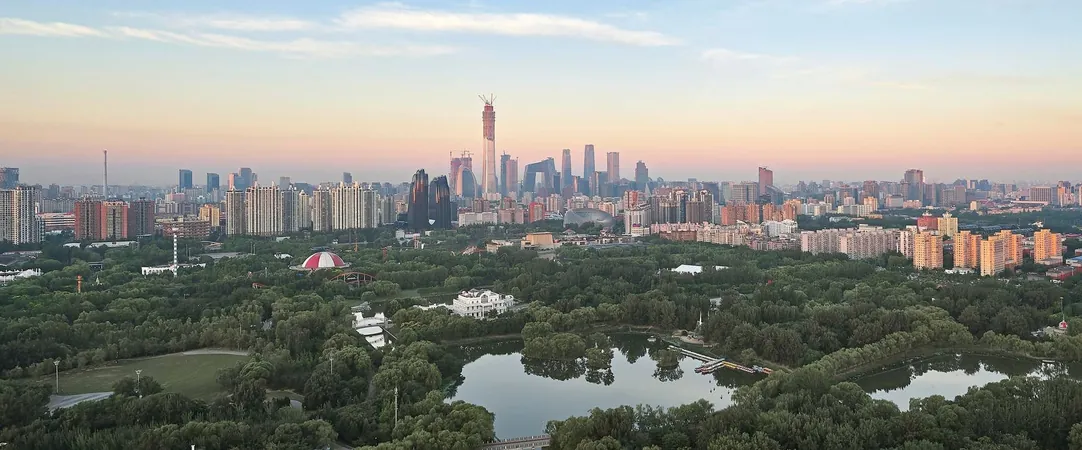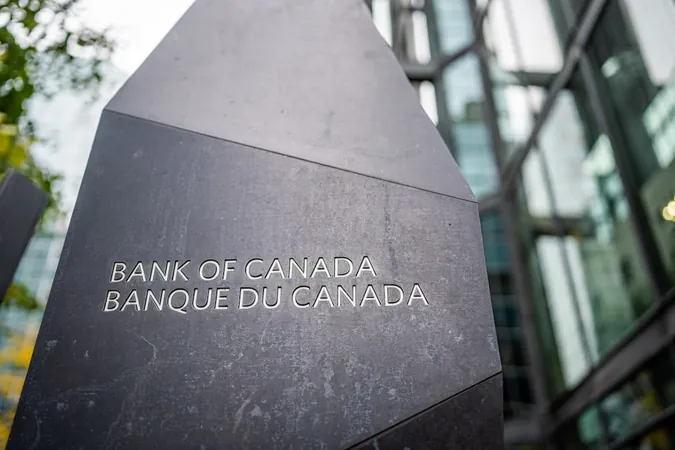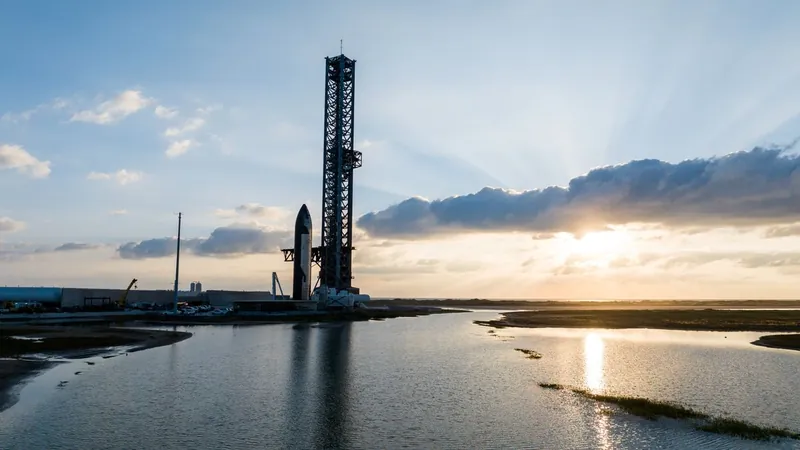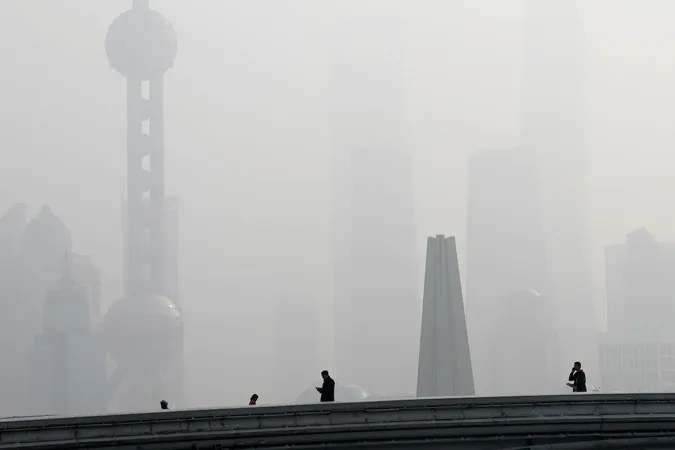
Urban Green Spaces: The Lifesaving Shield Against Heat Waves!
2024-11-09
Author: Liam
The Threat of Heat-Related Illnesses
As the world grapples with the escalating crisis of climate change, the threat of heat-related illnesses and deaths is becoming alarmingly clear. The burning of fossil fuels—oil, gas, and coal—has released staggering quantities of greenhouse gases like carbon dioxide and methane. These substances are trapping heat in our atmosphere and driving up global temperatures at an unprecedented rate. In fact, scientists warn that our reliance on fossil fuels for electricity is creating a perfect storm of rising temperatures and health risks.
Urban Green Spaces as a Defense
A pivotal study published in the British Medical Journal reveals that urban green spaces—think parks, gardens, and tree-lined streets—could be our most effective defense against the devastating impacts of these heat waves. Researchers have analyzed over 152 studies, with more than 90% concluding that human-induced climate change significantly increases the frequency and severity of heat waves, particularly over the past two decades.
Risks for Vulnerable Populations
The study underscores the growing risk posed by extreme heat, particularly to vulnerable populations such as children and the elderly. With the summer scorcher lasting longer and hitting harder, these groups are facing heightened dangers of heat exhaustion and dehydration, which can, in severe cases, lead to death. As the researchers note, 'Children's developing bodies and older adults' diminished physiological resilience make these populations especially susceptible to heat-related ailments.'
The Importance of Urban Greenery
However, the real game-changer lies in urban green spaces, which act as a much-needed buffer against the sweltering heat. Trees and parks help cool urban environments, providing shade and reducing temperatures, offering physical protection against the health risks associated with high heat.
Global Findings and Regional Examples
To illustrate the effectiveness of these green havens, the authors conducted a thorough review of 12 studies from diverse regions including Hong Kong, Vietnam, Japan, South Korea, Portugal, Australia, and the United States. Although primarily focused on high-income nations, the research highlights a critical gap—low and middle-income countries often face more extreme challenges. Here, the population is exposed to harsh outdoor work conditions without adequate air conditioning or cooling alternatives. A chilling example cited is the catastrophic 2015 heatwave in Karachi, Pakistan, which sent approximately 65,000 individuals to hospitals due to heat-related complications.
Impact on Communities and Mental Health
Countries like India and Bangladesh also bear a high toll, where the combination of climate change effects and urban heat islands compounds the risks faced by frontline communities. The stark reality is that communities with ample green spaces experience significantly lower rates of heat-related illnesses and deaths compared to those lacking such resources. Additionally, the benefits of urban greenery extend beyond physical health; numerous studies indicate that access to nature positively influences mental well-being, providing not just a relief from heat but fostering overall health resilience.
The Urgent Need for Green Spaces
As cities continue to expand and temperatures rise, integrating green spaces into urban planning isn’t merely a luxury—it’s an urgent necessity. Investing in these natural resources could be the key to safeguarding vulnerable populations and creating healthier, more livable cities. It’s time for communities worldwide to recognize and harness the life-saving power of urban greenery!









 Brasil (PT)
Brasil (PT)
 Canada (EN)
Canada (EN)
 Chile (ES)
Chile (ES)
 España (ES)
España (ES)
 France (FR)
France (FR)
 Hong Kong (EN)
Hong Kong (EN)
 Italia (IT)
Italia (IT)
 日本 (JA)
日本 (JA)
 Magyarország (HU)
Magyarország (HU)
 Norge (NO)
Norge (NO)
 Polska (PL)
Polska (PL)
 Schweiz (DE)
Schweiz (DE)
 Singapore (EN)
Singapore (EN)
 Sverige (SV)
Sverige (SV)
 Suomi (FI)
Suomi (FI)
 Türkiye (TR)
Türkiye (TR)